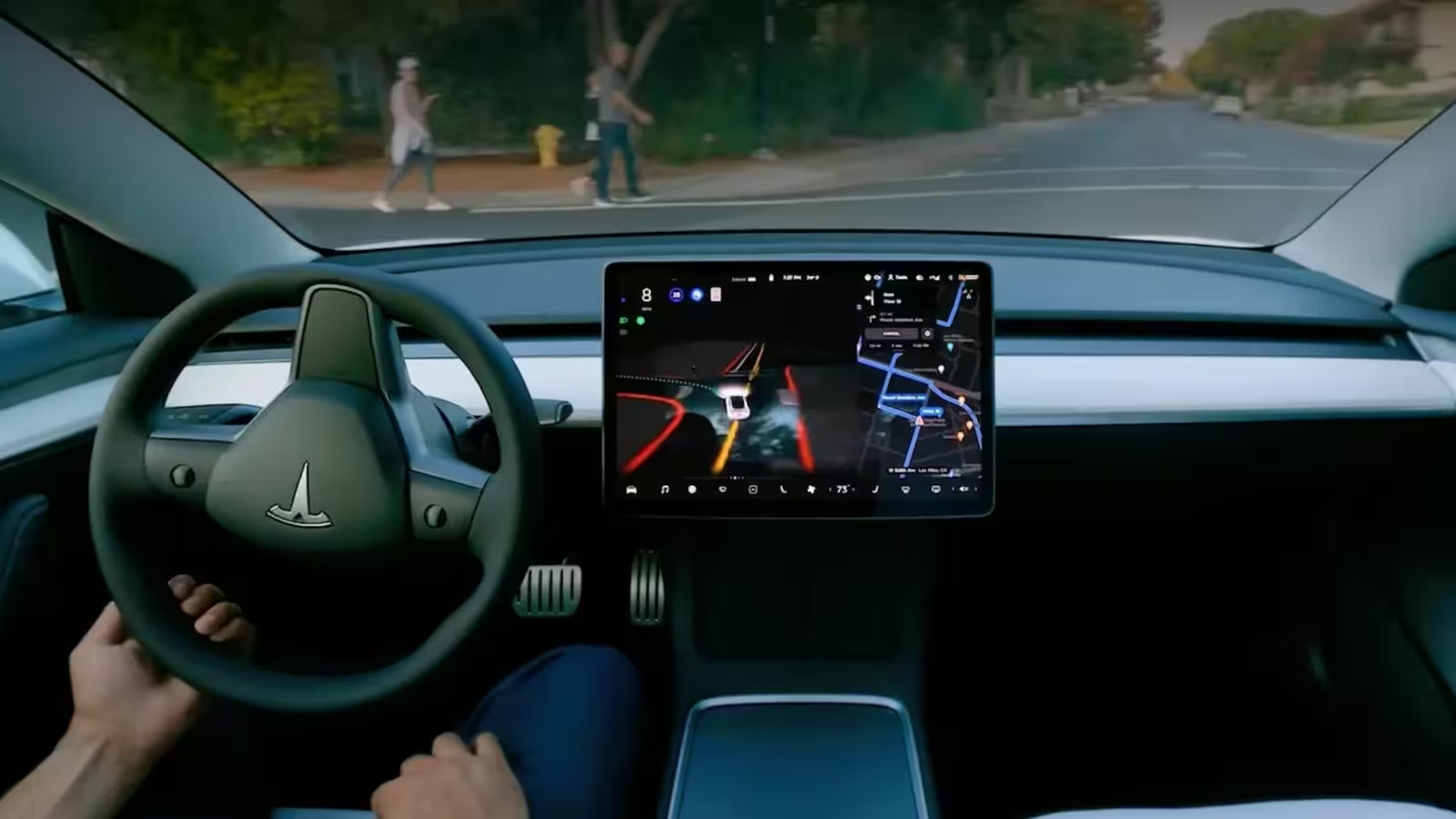4 Minutes
Tesla's Robotaxi Launch in Austin: What You Need to Know
Tesla is officially launching its highly anticipated Robotaxi ride-hailing service in Austin, Texas, this weekend, yet the rollout comes with important caveats that shape expectations for autonomous driving technology. Tesla has disclosed new details about the service, highlighting the inclusion of a 'safety monitor'—a Tesla employee seated in the front passenger seat at all times—to supervise operation during rides. This setup plays a critical role in the evolving landscape of self-driving vehicles.
How Tesla’s Robotaxi Service Operates in Austin
Unlike the long-promised fully self-driving consumer vehicles under Tesla’s celebrated Full Self-Driving (FSD) program, the new Robotaxi service in Austin will operate within a strictly geo-fenced area and is supported by active teleoperation. The initial fleet will be small and internally managed, considerably differing from Tesla’s original vision of unsupervised autonomous cars for everyday customers.
Tesla's CEO, Elon Musk, previously hinted that test vehicles on Austin’s streets were running without drivers. However, real-world observations confirmed that Tesla employees have been occupying the passenger seat, ready to intervene if necessary using dedicated stop or emergency controls.
Service Limitations for Riders
The initial rollout targets a select group of invited users, with invitations extended mainly to Tesla enthusiasts on social media. The service features several restrictions:
- Operation is limited to the hours between 6:00 AM and 12:00 AM, within specified geo-fenced zones around Austin (not including airports).
- The presence of a "safety monitor" in the front seat is mandatory for every trip, ensuring hands-on supervision.
- Users must agree to an extensive set of terms, including Rider Rules, Privacy Policy, and Service Animal Policy, before participating.
- Only those invited may download and use the dedicated Robotaxi app, and rides must be requested via this app.
- Adverse weather may suspend or limit service for safety reasons.
- Prohibited actions include smoking, vaping, the consumption of alcohol or drugs, transporting weapons or illegal materials, and recording Tesla’s proprietary system details within the vehicle.
- Participants are encouraged to rate their ride and provide feedback through the app, and are allowed to take photos and videos of their experience.
- Any violation of rules, including sharing misuse on social media, can result in immediate suspension from the program.
Design, Technology, and Performance Expectations
Tesla’s Robotaxi vehicles leverage the latest version of the company’s Autopilot hardware and are equipped with advanced sensors and AI software designed for autonomous operation. However, the current necessity for manual supervision by a Tesla employee highlights ongoing challenges in achieving truly driverless functionality. Compared to Waymo, which operated six months of supervised tests followed by six months of fully driverless testing before launching commercially in Austin, Tesla's approach remains more conservative and less advanced.
Market Positioning and Comparison with Waymo
Waymo has rapidly established itself as a leading force in autonomous ride-hailing, offering truly driverless rides in multiple U.S. cities. Customer surveys consistently show that users value the 'no driver in the car' experience and are willing to pay a premium over traditional ride services like Uber for it. Tesla’s Robotaxi service, on the other hand, still requires a physical presence in the front seat, limiting both its innovation appeal and ability to scale widely.
Implications for Tesla and the Autonomous Vehicle Landscape
Tesla’s Robotaxi launch appears, for now, to be more about optics than breakthrough advancement. By technically bringing its autonomous taxi service to market within the promised timeframe, Tesla is aiming to boost confidence around its self-driving initiatives. However, the necessity of a safety monitor and the extensive operational limitations underscore the significant technological and regulatory hurdles Tesla faces—even as rivals like Waymo race ahead in the driverless space.
Conclusion: The Road Ahead for Autonomous Driving
For automotive enthusiasts and industry watchers, Tesla’s latest move signals progress in making autonomous vehicles more accessible, but also acts as a reminder of the current technical constraints. While the Robotaxi service lifts the curtain on Tesla’s ambitions in the electric and autonomous vehicle sector, achieving fully unsupervised self-driving at a commercial scale remains an elusive milestone. Electric vehicle fans and those monitoring the self-driving car revolution will be watching closely to see how Tesla evolves its approach and closes the gap with competitors in the coming months and years.
Source: electrek



Comments